
Andalucian bread and its varieties: a delicacy with a taste of tradition and innovation.
There are breads and breads. In recent years we have seen how the range of this highly prized product has expanded and today we have a wide variety and types to suit all tastes. However, Andalucian bread continues to be at the forefront in terms of consumption and Andalucia concentrates more than 70% of the production of durum wheat in Spain.
Andalucian bread can be defined as bread that tastes and smells like home, it smells like our land, our recipes, and customs. Andalucian bread is made by numerous family-run bakeries in all the provinces that pass from generation to generation.
Bread is a fundamental element of our gastronomy and of the Mediterranean diet, a star product in bars and restaurants, and present in every breakfast. Bread is undoubtedly an essential part of our daily life and Andalucian history when day laborers used to eat their loaf of bread during their work breaks.
Today we still have that rich smell of bread that comes out of bakeries and bakeries of a lifetime, which continue to preserve traditional recipes but have been incorporating different ingredients to develop all types of bread that we know today and thus meet the new needs of society: wholemeal, gluten-free, rye, seeds, pumpkin seeds… and a long list in which we do not forget our typical bread mollete or cateto.
Bread is present in the Andalucian seal, in recipes such as gazpacho, ajoblanco, or garlic bread and although we have been making this product that accompanies us every day for generations, the legacy of Andalucian bread continues to expand its borders and that is why Andalucia is a leader in organic bread production.
May the pepitos, pitufos, piñas, molletes, barras, or whatever name we use to call this delicacy, continue to accompany us every morning, every night, in every tapita, and every meeting.
Learn more about the benefits of bread and let it be at your table every day
Bread consumption has been reviled in recent years. It was accused of making people fat, which is why many chose to eliminate it completely from their diet. However, increasing numbers of dieticians and nutritionists are reminding us that bread forms part of a healthy, balanced diet. The World Health Organisation (WHO) recommends eating 250 grammes of bread a day. Moderation is key, as with any other food from the recommended Mediterranean diet.
What we lose when we stop consuming bread is water, not fat. We lose weight quickly and also lose the many health benefits of moderate bread consumption.
- Gives you energy for its rich content of carbohydrates. Bread belongs to the group of grains and tubers, since it is made with wheat flour, which is characterized for containing a large amount of carbohydrates, which serve as fuel for the body.
- It is a source of vitamins. Its consumption provides you: protein, iron, zinc, magnesium, potassium, niacin, vitamin B2, folic acid and vitamin B6.
- The fiber is a component present in bread. It is true that the breads made with wholemeal flours or whole-grain have greater content of fiber, but white bread has it, although in less quantity. The fiber helps you: to regulate the digestion avoiding constipation, and to control the levels of sugar and cholesterol from the blood to avoid heart diseases.
- Bread ‘is NOT fattening’. A slice of bread contains less than 2 grams of fat and less than 100 kcal, almost like an apple, or a pear or a banana. In addition, if we take as a basis a diet of 1800 kcal, a slice of bread would only be 5.5% of the total energy required for a day.
- It is very versatile. Sliced bread, much appreciated by children for its soft texture and rich flavor, and loved by adults for the comfort of its use and the possibility of having a great variety of flavors and presentations, that range from the classic white bread until the one containing several whole-grain cereals. It can be used on a daily basis as part of breakfast, lunch, meal, dessert or snack.
Types of Andalucian bread
Cateto bread and Antequera mollete are perhaps two of the most popular types of Andalucian bread. However, other types of bread have been made in Andalucia since time immemorial. Some varieties are from specific towns, as is the case with Alfacar bread. Other types of Andalucian breads owe their differences to the flour used, production methods and shapes of the end product.
Here are some varieties of Andalucian bread.
Alfacar bread
Alfacar Bread is a traditional wheat flour based bread, naturally fermented sourdough in the production area, water from the spring of Alfacar, baking yeast and edible salt. It is a universal recipe but the long baker tradition of Alfacar has given it some special touches. It is a local and traditional product.
Bakers make a characteristic bread thanks to the use of specific raw materials whose characteristics are linked both to natural as human factors in the production area.
Mollete (Muffin)
The mollete is a piece of soft crumb bread with possible origin in the unleavened bread used in the past for the mass, and of Hebrew origin. It is the star along with the olive oil, of the typical Andalucian breakfast (mollete or slice of bread with olive oil, salt and in sometimes tomato and/or garlic). There are different types: breaded on the outside, old style, being the most famous the ones from Archidona in Malaga; from Puerto Serrano and Algodonales in Cadiz. Also typical are the ones from Espera (Cadiz) and Écija (in Seville), coated with the also typical ‘colorá butter‘ and the ‘Chicharrones Archidoneses’ or the seats or dregs of loin.
Cateto bread
It is a white bread, of compact crumb, virtually without honeycombs, with a hard crust, with a very low level of hydration and prepared with a type of flour called ‘strong flour’. This type of Andalucia bread is used to prepare some good migas by its consistency.
Manolete of Cadiz
The Manolete is the typical loaf of bread in Cadiz, of semi-thick and tender crust, with a consistent and spongy crumb, white, that transmits a pleasant smell and juicy taste characteristic of the hard dough bread.
Andalucian Viena
Oval-shaped bread, golden and crusty, with a tender, fluffy and white crumb, transmitting an odor that attracts and a pleasant and characteristic flavor.
It is the most suitable bread to make sandwiches. It is soft inside and out and its crust, thin and elastic. It has a reasonable size, about 25 cm.
Andalucian Picado
It is a robust bread, with a compact crumb, and a thick and elastic crust. It is a large bread, of 28 cm in this case. The characteristic of this bread is the grid that is made on it.
Bollo
This bread is reminiscent of white bread. It has a thin crisp crust, not crunchy, and a robust crumb. It is not commonly used for sandwiches, but for everything else as it is not very big, about 22 cm.
Pepitos
That the pepito is one of our basic breads par excellence is known by all. But maybe if you are from Malaga, you know it as pitufo. Yes, it is possible that depending on your geographical area you call this bread this way. Be that as it may, the pepito or pitufo is the king of montaditos, sandwiches, breakfasts, and snacks.
Pan Sierra Norte de masa madre
Making bread with sourdough is perhaps one of the most time-consuming bread recipes, but the result is well worth the wait. This bread is ideal for sauces, stews, and meats because of its thick crumb. It is less light bread, more forceful and compact but with a delicious flavor.
Redondo picado
This bread is very recognizable by its crust which draws a grid on the top. This crust is hard, which also makes the bread firm and with a compact crumb. It is usually round, but different shapes have also been incorporated, such as baguette, or pepito, in smaller sizes. This redondo picado is made, among others, with sourdough, wheat flour, yeast, and water.
It is undoubtedly one of the protagonists in family lunches.
Hogaza de pan serrano
It is parred excellence one of our most traditional breads and with more history. The “hogaza de pan” is a delicacy that generation after generation has been elaborating on to give us the best of the mountains. Typical of the mountains and with a spongy crumb that invites you to continue eating this traditional crusty bread.
Regañá
The regañá is a very crunchy bread shaped like a small toast, typical and original from Seville. Although many may relate it to picos, it is a very healthy and low-calorie specific bread. It is very common to see it with appetizers and some meals, although you can eat it alone if you feel like it. Its flavor is incredible and very characteristic and although we know it as regañá, it was called sea cookie in its origins.
La albardilla
Maybe you didn’t know this type of bread, but if you are from Malaga you may have heard of or seen it. Albardilla is a small, oval-shaped bread. Its hydration is rather low, leaving a soft crumb but with a resistant and crunchy crust. Its crust has a deep, straight cut in the center and is one of the typical “panecillos” of this city.
Telera
This bread is typical of Cordoba, hence in some places it is called “telera cordobesa”. Its golden color is characteristic of this bread, which together with the smooth and crunchy crust as well as the white flour used, make the telera a peculiar bread for its appearance and flavor. This bread, so emblematic of Cordoba, is the perfect accompaniment to salmorejo.
Corn, rye, seed, and walnut breads
Many Andalucian bread recipes have been included in the traditional bakeries and the new needs of society and the taste for variety in the history of bread, have led bakers to expand their range of breads. With pumpkin seeds, rye, corn, and walnuts, these are some of the breads made with sourdough that are added to the list of Andalucian artisan breads.
The bread in the cuisine
The bread is present in Andalucian cuisine from breakfast to dinner, and in many of the popular cuisine dishes.
- Toasts, of sliced bread or muffins, only with oil or a good loin butter, are associated with breakfast.
- Continuing with the toasted bread, in the All Saint’s Day party in Benacazón the toasts are crowned with grilled sardines, like in Castilleja del Campo, although here a good splash of olive oil is added to the bread.
- Bread, along with tomato and oil are the essential elements of gazpacho, salmorejos, porras, ardorias, sopeaos, sopillas, panochas… For these recipes, the bread with good crumb is the more appropriate, and if it is stale bread, the better.
- Bread is also essential for the strips of fried bread with garlic, sweet paprika and cumin, that give a special touch to asparagus, spinach and to rabbit, chicken or any meat stews.
- The soups of garlic and of tomato are better with a picatoste, as the picadillo soups with stew broth, chopped egg, ham and fried bread. Or ‘migas de matanza’ with its bread and whole garlic and rind.
A special, more settled, bread is used in Andalucia to prepare the torrijas (French toast). Nor we will understand porridge without hard bread for the croutons. Or poleás. From morning till evening, as starter, main dish or dessert, bread is always present in the Andalucian tables.
Panadería Piña, the most expensive bread in the world
One of the most fashionable bakers in Malaga is Juan Manuel Moreno, Manager of Panadería Piña and creator of the most expensive bread in the world. Its ingredients include 250 milligrams of edible gold, dried honey, corn, sunflower seeds and the cost of each piece is 117 euros.
Panadería Piña is a lifelong artisan bakery, where more than 30 varieties of breads are made daily starring the one of corn and spelt, one of the most sought by the public. The fundamental ingredients for a good bread are quality flour and long fermentation. Here the fermentation not is controlled and it takes up to 5 hours to make all the process.
C/ Plazoleta,10, 29491 Algatocín, Málaga
www.tupanadero.es
Tel: 952 15 01 27
Google Maps
Curiosities about bread
- It is one of the oldest foods in humanity, believed to have been produced about 10,000 years ago.
- Bread became a staple food due to its ability to last longer than other foods.
- The word “bread” comes from the Latin “panis,” which means “food for the mouth.”
- Whole wheat bread is more nutritious than white bread, as it contains more fiber, vitamins, and minerals.
- Sourdough bread is a healthier option than bread made with commercial yeast, as sourdough is a natural source of yeast and beneficial bacteria.
- There are over 3,000 different varieties of bread around the world, each with its own texture, flavor, and method of preparation.
- Bread has been a religious symbol in many cultures, such as unleavened bread in Judaism and the Eucharistic bread in Christianity.
- The sandwich made with sliced bread was invented by the British Earl of Sandwich, John Montagu, in the 18th century.
The best virgin olive oils in the world are Andalucian, which ones should we try?
Discover the best Andalucian products through their Denominations of Origin
Where to stay
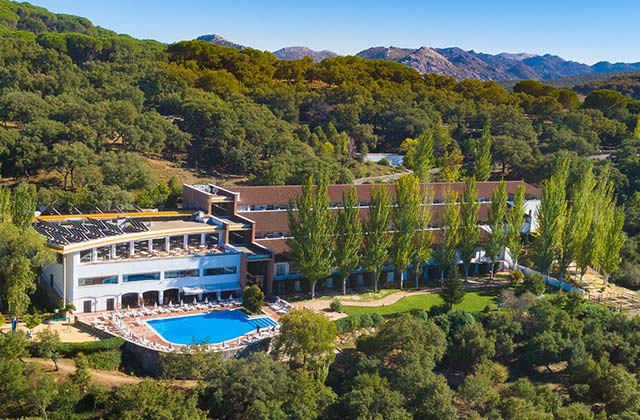
Hotel Fuerte Grazalema
Fuerte GrazalemaThe best option to stay is Fuerte Hoteles. The chain has facilities where you can enjoy, in addition to its services, the best of each point of the Andalucian coast. Its more than 60 years of experience are the best guarantee to dedicate your time only to relax and enjoy the Sun and the sea. Marbella, Torrox, El Rompido and Conil are some of the spots where you can find these amazing accommodations.
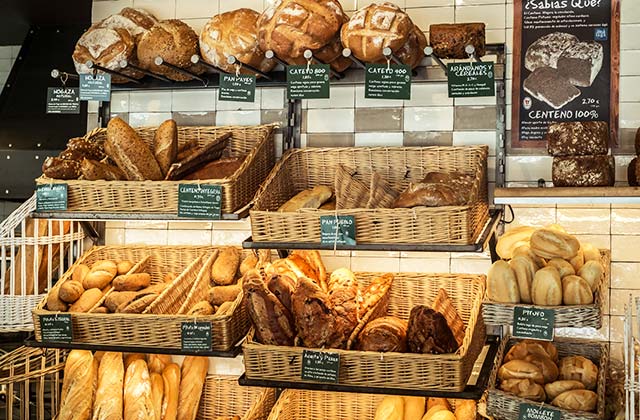
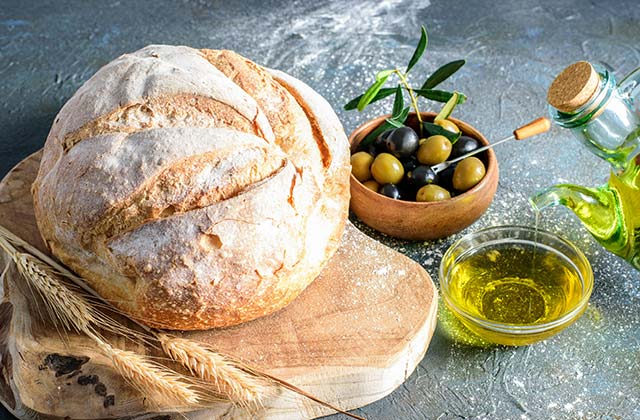
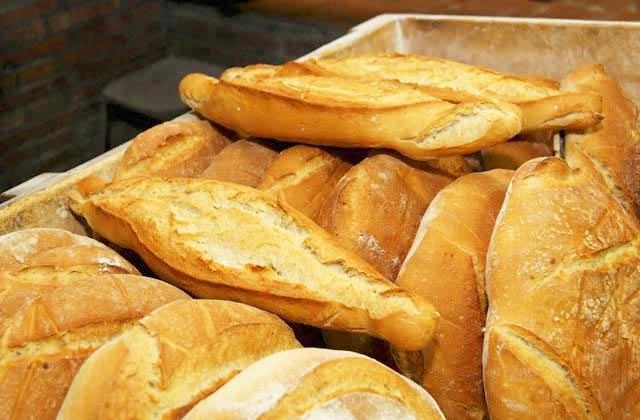
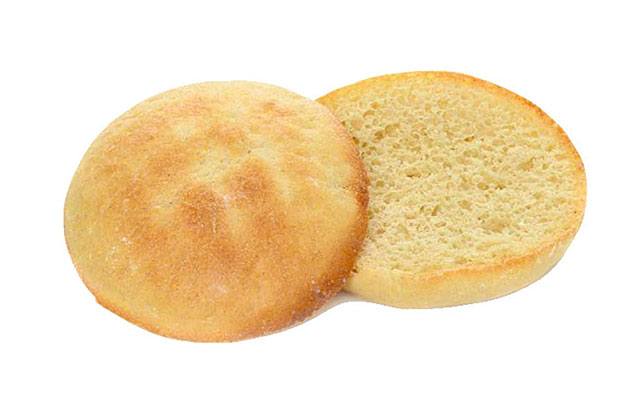

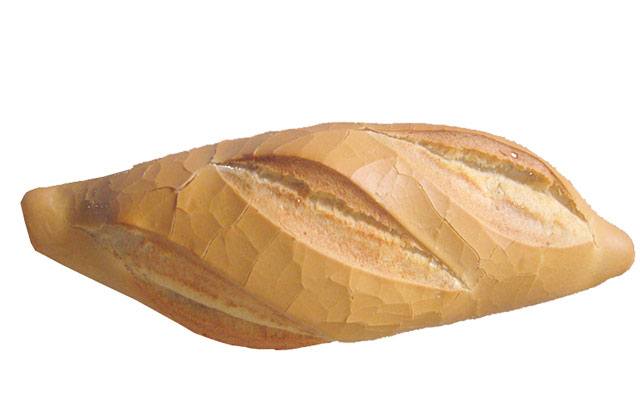
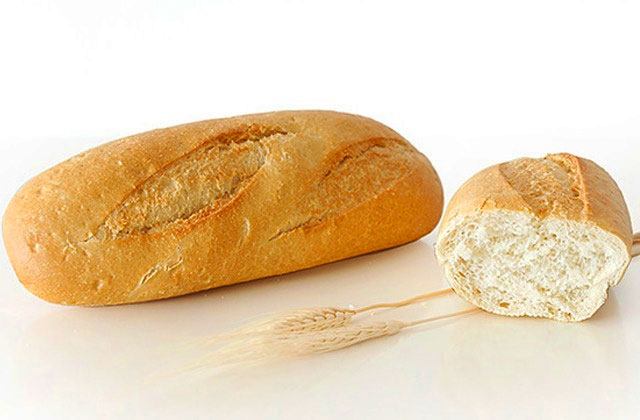
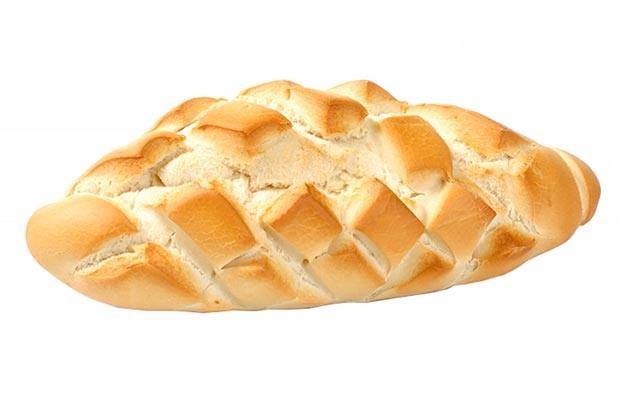
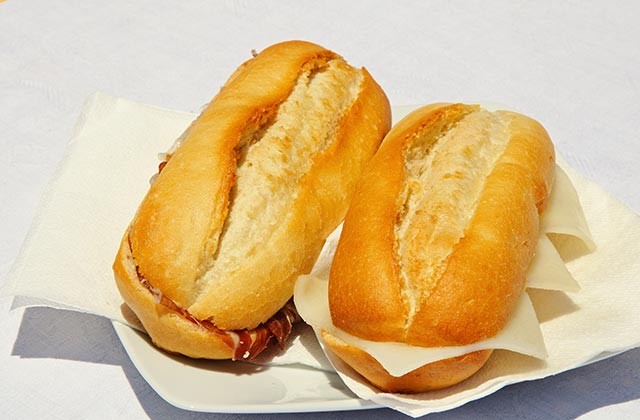
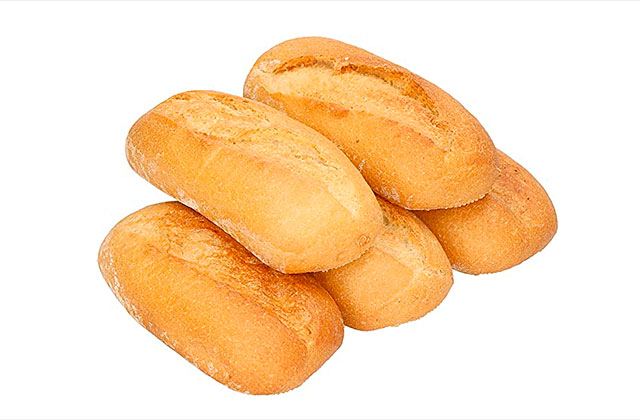
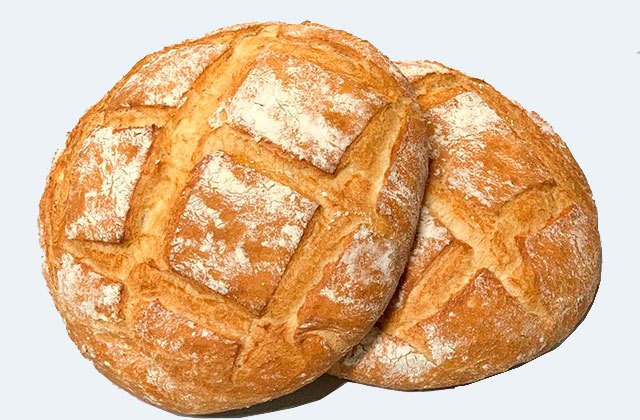
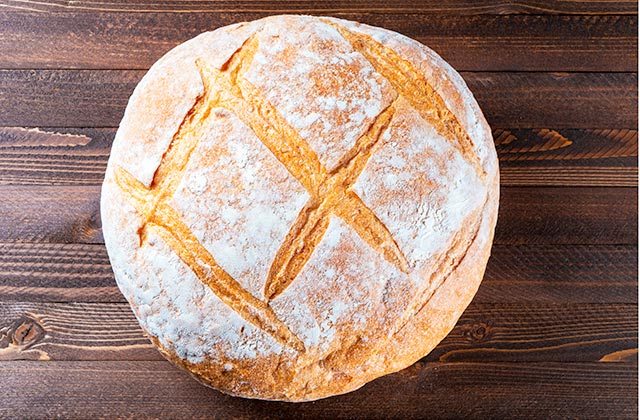
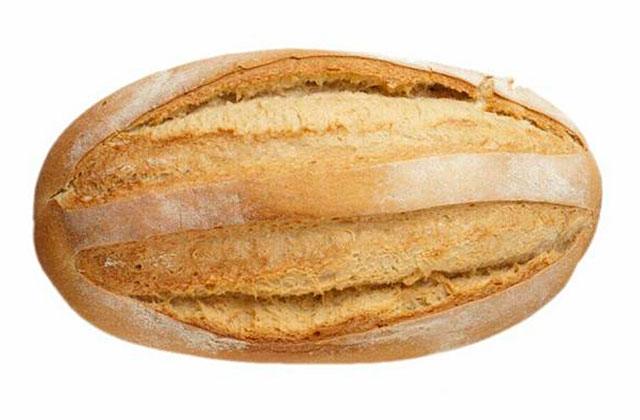
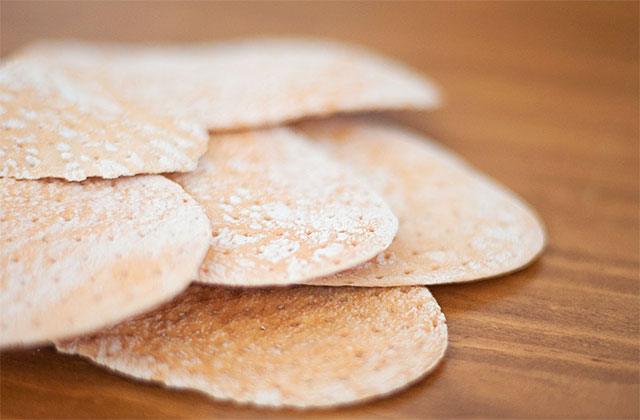
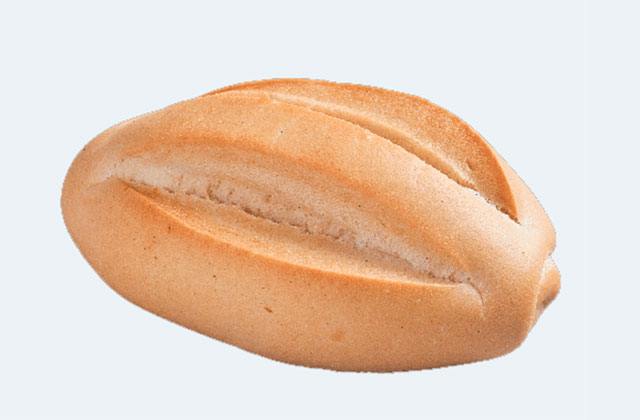

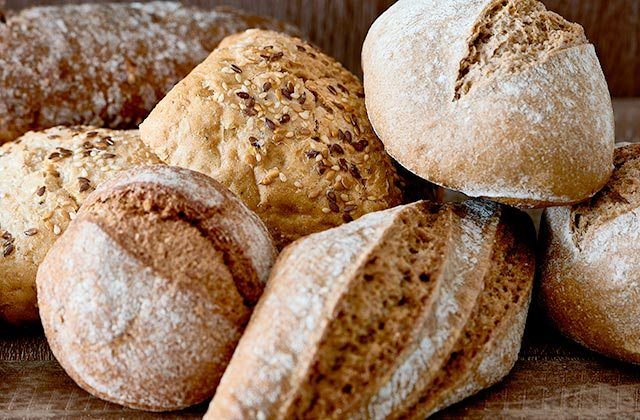

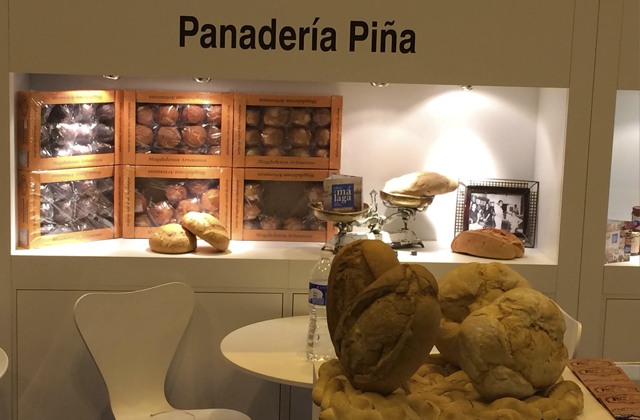
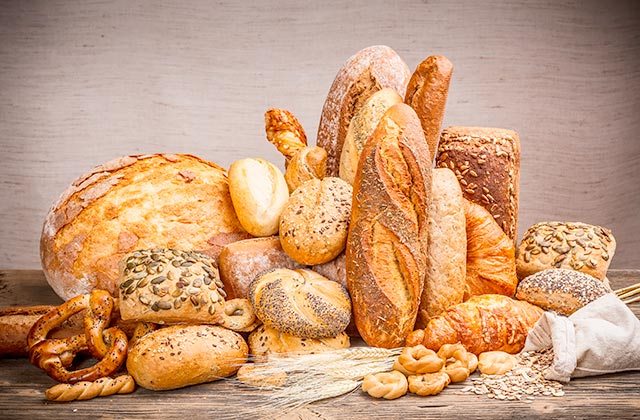




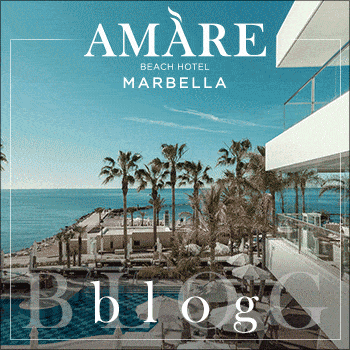
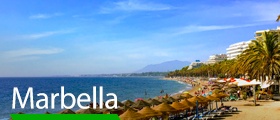

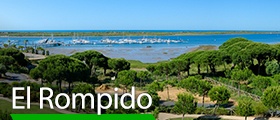

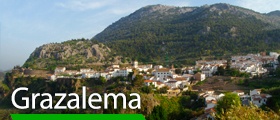






Bread is such a wonder food! this was such a great post, and yes, Andalusians know how to make some of the best bread in all of Spain…love it!